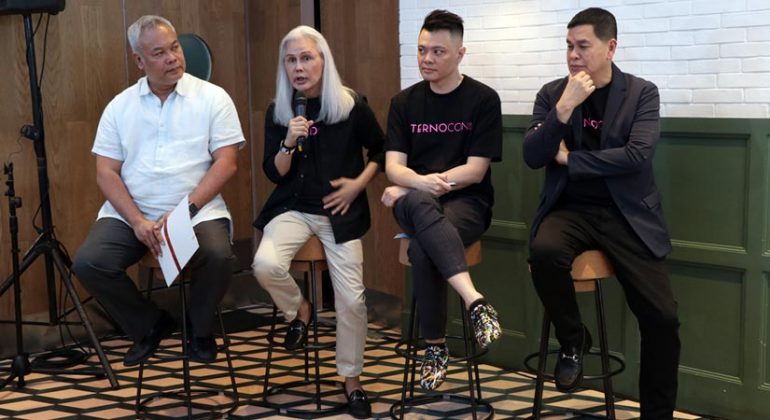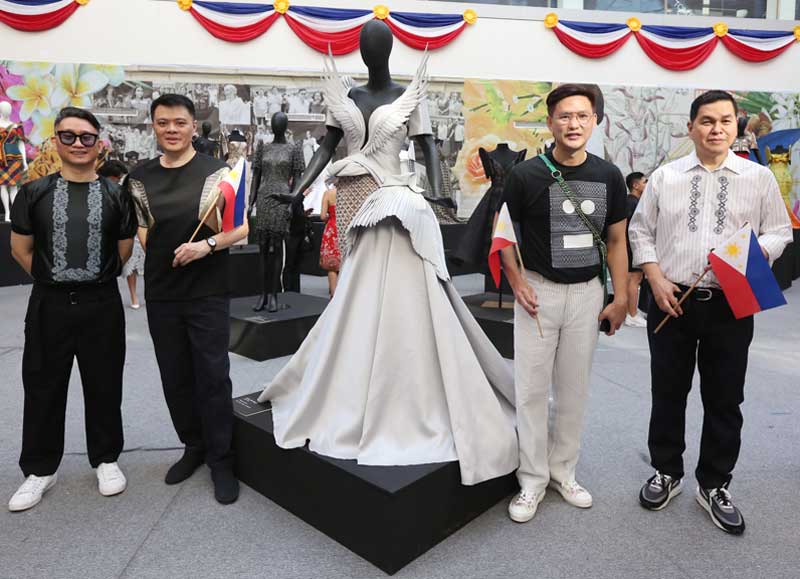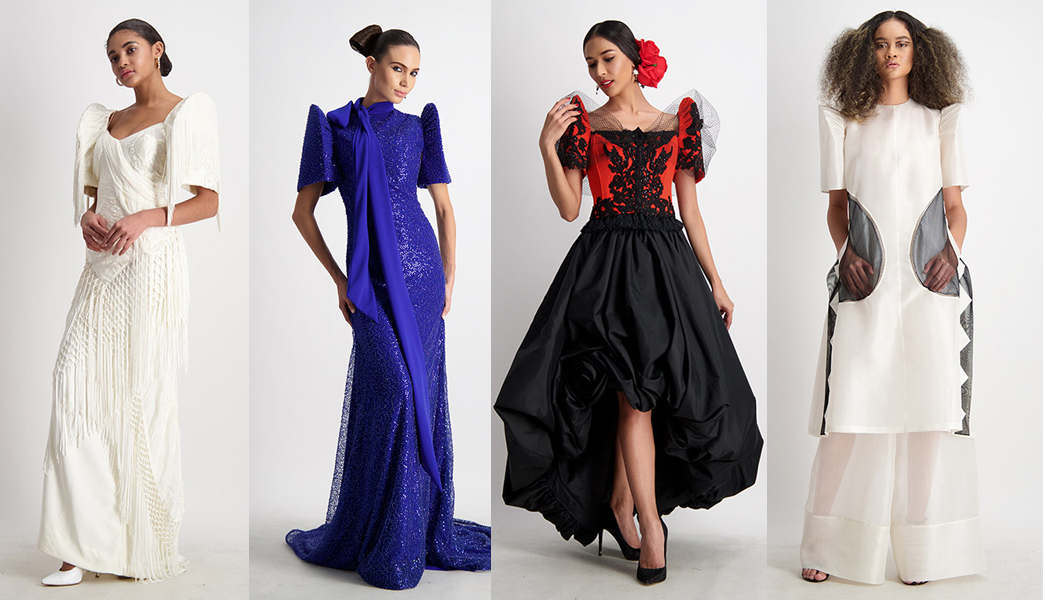Power dressing can help you make a good first impression. You should always be clean and neat and should dress appropriately for any occasion.
And even with the new normal where most interviews or meetings are being done online, still, it is vital to power dress.
But for our beautiful Filipinas, this feature article from Philippine Star’s STARweek can be very useful even with our situation today. Most especially, when all of these will just be part of our history.

World renowned fashion designer Inno Sotto, who is the chief mentor of TernoCon 2020 believes that every Filipina must have a short and a long terno. He and TernoCon project director Gino Gonzales are looking forward to the second edition of what has become one of the most highly-anticipated events of the year.
“It is the 100th year of the terno,” Gonzales points out, noting that it was in the 1920s that Pacita Longos first started designing dresses with the iconic flattened sleeves. Her creations were worn by most of the carnival queens of the time.
Gonzales says the idea for TernoCon stemmed from Fashionable Filipinas: An Evolution of the Philippine National Dress in Photographs, a book produced in 2015 with Ben Chan of Bench. “We did it to address problems concerning lack of knowledge and awareness about Philippine dress and problems with the construction of the dress,” he says. They realized the book was not enough to address the issue. They wanted to do more. So, they teamed up with the Cultural Center of the Philippines to do workshops in NCR, Luzon, the Visayas and Mindanao.

“It was a great opportunity to teach people how to make the terno,” says Gonzales. The workshops, dubbed Fashioning the Terno, which drew both fashion students and practitioners, had fashion history lessons in the morning and actual hands-on construction in the afternoon.
History was particularly important, says Gonzales, “so that when they design, they have a backstory. They carry with them all that history.” He adds, “The problem is when people design today, they have no reference. It’s important for them to have that in order to have a wealth of codes to play with. Otherwise you’re just stuck with current trends.” Designer Marlon Tuazon came all the way from Pampanga to participate in the very first leg of workshops held in Vigan. Tuazon says he learned so much from the workshops, despite being an already established designer in Pampanga. If before just getting the sleeves to stand up was enough, after the workshop he learned that there was a proper way to make the terno, including a proper size and count for the sleeves.

Last December 2019 alone, Tuazon made 25 ternos for fashionable clients of all ages – a leap from just one a month before TernoCon. Gonzales notes, compared to three to four years ago, there are many more women wearing the terno, even if the dress code does not require it.
Aside from TernoCon’s influence, the resurgence of interest in the terno and all things Filipiniana is also thanks to upscale trade fairs like Katutubo Market, Artefino, Maarte Bazaar and more.
“The resistance to wearing the terno is the sleeves. But when you think of it, the terno is the sleeves,” but he shuns the idea of downsizing the sleeves to make the terno more discreet for everyday wear. “At the very heart of it, we always go back to love of country. The actual terno is not just a dress, it’s an externalization of your nationalism,“ Gonzales says.
Gonzales is looking forward to the catalogue that will be produced for the event. “For the first time we’re having a real catalogue,” he says, adding that it is again Ben Chan’s support that is making the documentation possible.The publication brings Gonzales and Chan’s project full circle – from the history book in 2015 to a fashion catalogue five years later, documenting the history of the terno and the modern interpretations of it.
Note: This article is an excerpt from Philippine Star, STARweek, written by Ida Anita del Mundo
Photo Courtesy: philstar, bworldonline.com, bench






